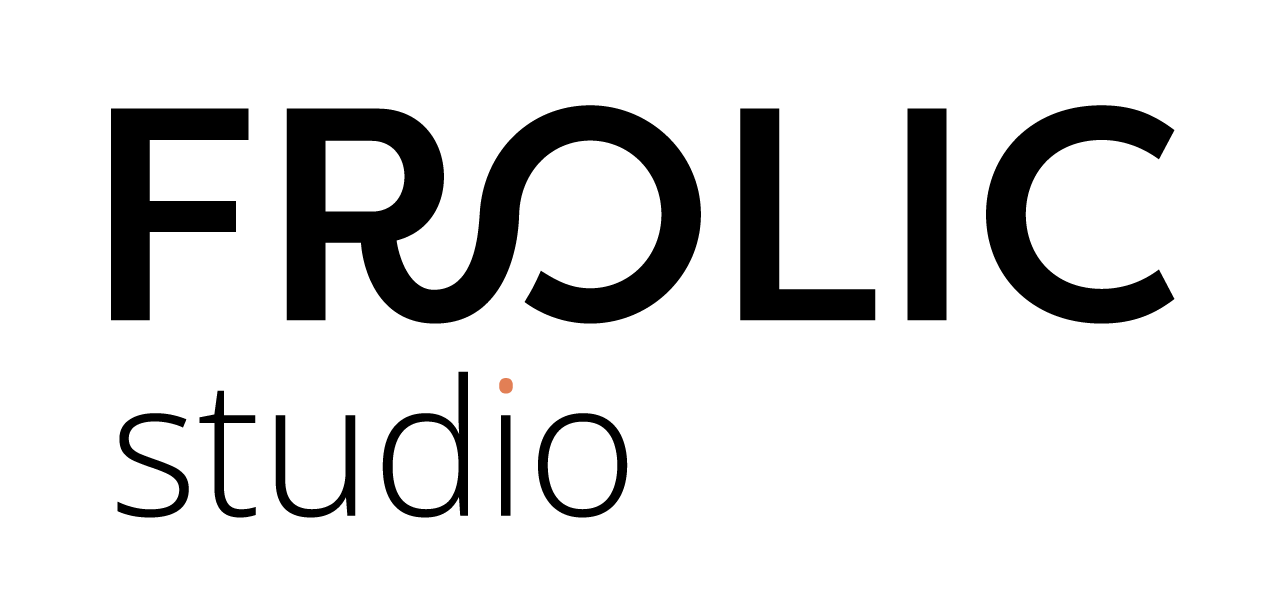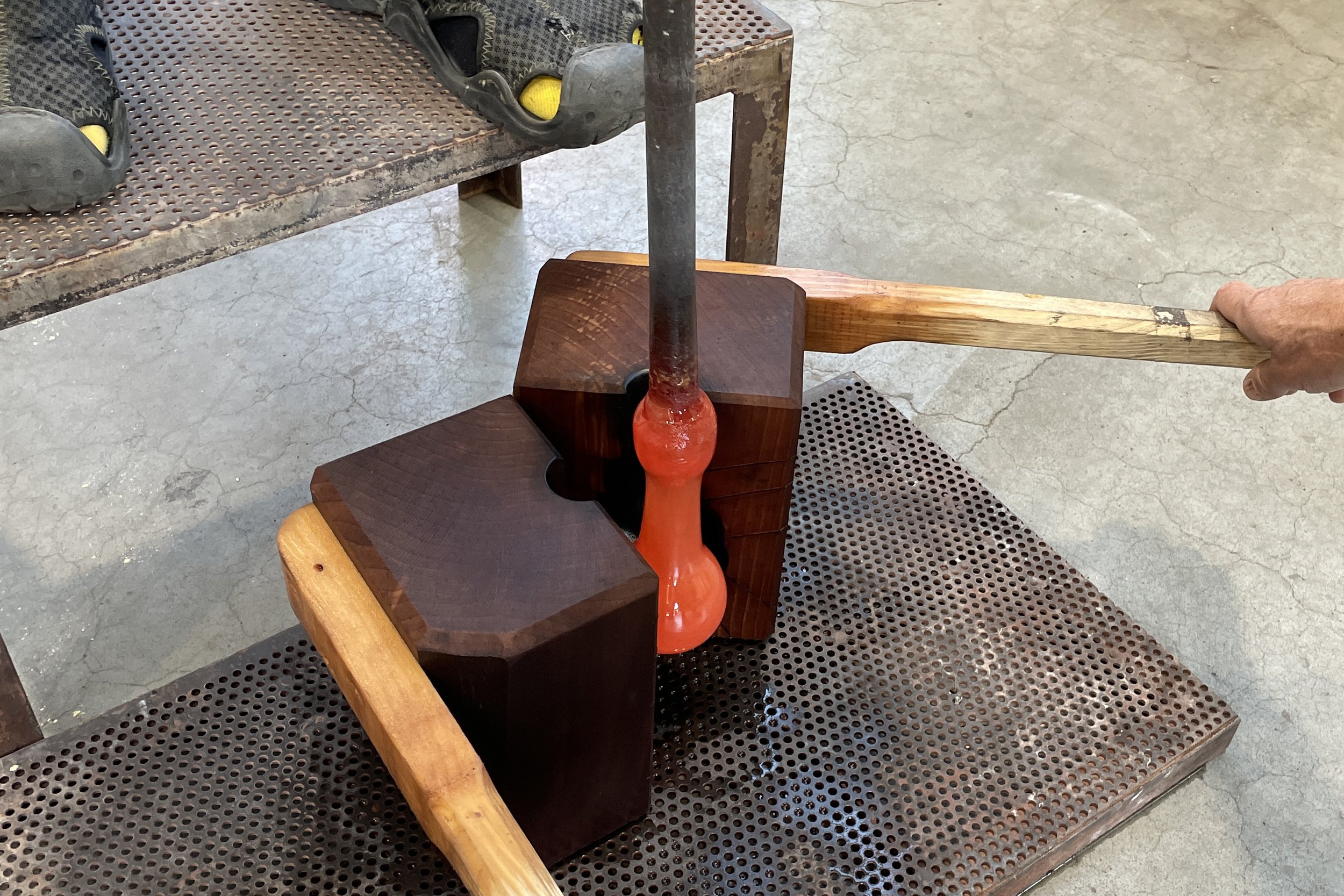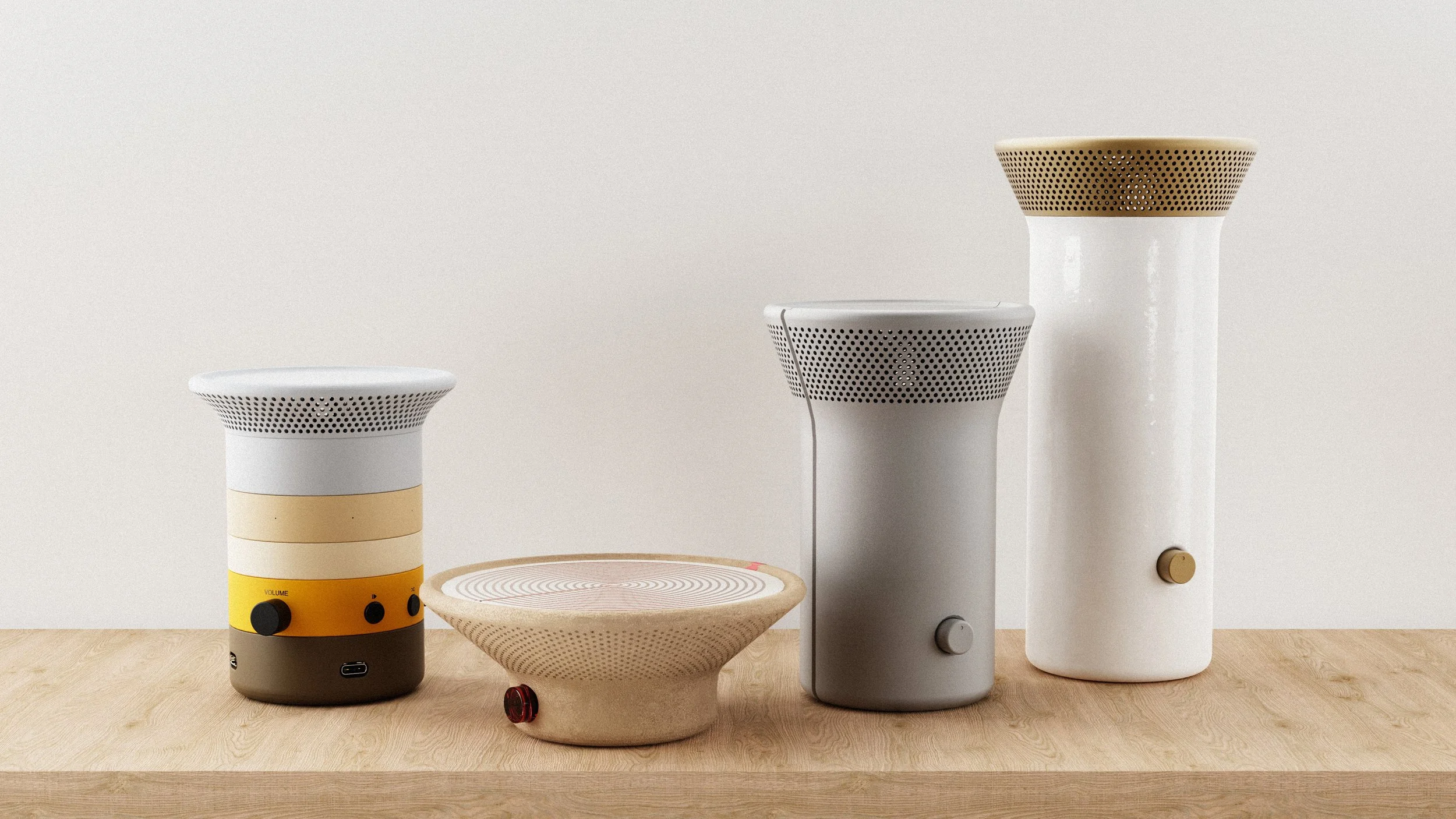Award-winning materials: embedding circularity into the design of an award
The challenge
Each fall, the Dutch Creativity Awards, powered by ADCN, celebrate the best creative ideas in the Netherlands. This year, the event was all about positive change. Leading the way, ADCN asked us to redesign their prestigious Lamp award.
The challenge was to embed circularity within the design while keeping its high-end premium character. Our answer, a switch to circular materials and local suppliers, led us to research and implement elements and production techniques that satisfy sustainability and superior quality requirements.
The product
The award consists of three main elements: the lamp, the base, and its packaging.
Original
The lamp, solid colour-plated metal. The base, plexiglass (unknown location). The packaging, coloured cardboard and synthetic foams (locally produced). Little trivia, we won this exact award in 2019 for Smartians.
The lamp
The lamp is locally made from handblown glass by Van Tetterode Glass Studio (Amsterdam) using glass pellets from Sweden. The colour is rendered with glass powders and coloured glass. Wooden blockhead moulds, locally made in Lelystad, are employed to ensure consistency of shape and improve production speed.
Redesign
The lamp, handblown glass (locally produced). The base, recycled plastic (local waste streams). The packaging, untreated hard cardboard, wrapped in kraft paper.
The base
Two types of recycled-plastic materials are used, obtaining bases of two different colours. These are needed to distinguish “Regular” and “Grand-Prix” awards. HIPS-plastic panels — handmade by Smile Plastics (Wales) — and HDPE-plastic panels — handmade by GOGO Plastics (Netherlands) —are used to create, correspondingly, the white-coloured and black-coloured bases. Collectief Soepel (Arnhem) CNC-mills the panels into the award characteristic triangular-shaped bases. The names of the award-winners are laser-engraved into the base surface by Het Laser Lokaal (Zaandam).
Image by Smile Plastics
HIPS plastic from yoghurt pots
HDPE plastic from shampoo and soap bottles
The packaging
The packaging is made from hard cardboard, wrapped in kraft paper, by Paco Verpakkingen (Amsterdam). So is the inner inlay of the box, which keeps the award in place and is laser-cut from cardboard sheets by Het Laser Lokaal (Zaandam). Moreover, the design of the inner inlay specifically aims at reducing the volume of padding that, differently, would have been necessary for stabilising and securing the award. Such a design succeeds in efficiently minimising packaging materials whilst ensuring product safety.
The Process
It was crucial to look at the product lifecycle to embed circularity within the design and manufacturing of the award. We asked ourselves how long the awards would be cherished and which materials might sustainably guarantee durability. What if the awards are made from compostable materials, but their aesthetics are compromised or they deteriorate after a couple of weeks? Would they still be a good sustainable solution?
Options for materials that we considered include clay, house bricks, ceramics, glass, fibres, wood, recycled plastic, newspapers, tree resin and more. Ultimately, to make sure we chose the optimal materials for the project, we based our decisions on established criteria such as:
Keeping material sourcing and production as local as possible
Repurposing and recycling materials from local waste streams
Designing for durability, end-of-life recyclability and reusability
Aesthetics
Manufacturability
Short timeline
Production costs
Dive deeper
Finding the most sustainable way, if there is any, and the best approach to implement it is an ever-evolving learning journey. At FROLIC studio, we experience this first-hand. Thus, we are committed to transparently sharing our work, offering the basis to explore and foster dialogue and progress. For this project, we identified several aspects to consider as aspirations for the design and manufacturing of the next iteration of the award.
-
Current status
Per year, producing the necessary amount of lamps requires between three to five Blockhead moulds. This kind of mould is made from fruit trees wood which efficiently absorbs water. Such a feature is relevant for glass production as it extends the mould lifetime and provides the glass with a smooth finish.
Although glass-making is a heat-intensive process (and, thus, one might argue against its sustainable nature), the award is made to be treasured. In this fashion, the potentially endless lifespan of the award might make up for its energy-demanding production.
At its end of life, the lamp can be discarded as glass waste, which in turn can be recycled into new “multipurpose” glass. Moreover, glass that fails during production can be recycled and repurposed directly in place (Van Tetterode Glass Studio) if clear. Instead, if coloured, it will follow the same route as household waste glass.
Aspirations
The pellets used to make the glass are currently sourced from Sweden. Alternatively, we could imagine these pellets to be made in the Netherlands, from materials locally sourced from lakes, rivers, fossil beaches and wind deposits.
Furthermore, from a conversation with a glass-blower involved in the project, it became clear that electric kilns are being introduced in the glass-blowing world. The latter would pose an opportunity for glass-blowing to switch its energy source from gas to electricity. The latter could successively be harvested from renewable energy sources, phasing out dependency on fossil fuels.
-
Current status
Despite its not-so-environmentally friendly sourcing and manufacturing, in some cases, plastic might represent a circular choice. For instance, it can be recycled from local waste streams and employed in a “meant to last” manner (versus single-use), bypassing new materials manufacturing. That being the case for the award base: a recycled plastic triangle that will last as long as cherished. The HIPS and HDPE-plastic panels are sourced from waste streams of, correspondingly, yoghurt pots (United Kingdom) and soap and shampoo bottles (Netherlands).
The laser-engraving process of the text into the bases avoids the need for environmentally harmful inks, increasing the chances for successful recycling as no additional materials are added to the plastic. Moreover, it ensures that the text cannot wear off, improving durability and extending the lifetime of the award.
Aspirations
Similarly to the lamp glass pellets, the same goes for the base recycled plastic pellets. These could be generated from local waste streams (such as, for instance, plastic found in the streets or canals of Amsterdam or plastic waste from Dutch waste facilities) and manufactured locally.
-
Current status
Despite often being looked at as a one-time-use material, cardboard is our go-to material for the packaging of the award. It can be produced efficiently and cost-effectively, and it can also be recycled, repurposed, or reused after unboxing. Thus, further conveying the circular nature and values of the project. Moreover, laser-cutting the box inlay omits the redundant step of creating expensive, custom-shaped die-cut knives for cutting cardboard sheets.
Aspirations
Currently, magnets ensure that the packaging box stays closed, and a magnetic closure confers a luxurious feel. Although magnets could be reused after unboxing, replacing them with a self-locking mechanism could be more sustainable, so no additional materials are required.
Concerning the cardboard inlay, it could be imaginable to look into optimising the amount of material needed to keep the award steadily in place. Moreover, environmentally friendly inks, such as vegetable-based ones, could be used for text on top of the inlay.
Finally
Moving towards more circular designs and responsible choices within all aspects of a product design project is not a simple pursuit. That is true specifically when it is already time-consuming and labour-intensive to find just the right party, connection or knowledge necessary. Nonetheless, making an existing design more circular feels rewarding and hopeful for what is to come. Ultimately, it is about starting with small steps and improving as you go.
Circular responsibility can be defined as taking responsibility for how by-products and wastes generated are treated. As a certified B Corp business, constantly delivering products and services into the world, we feel the need to take our circular responsibility a step further. Projects such as this one embody our commitment to bringing sustainable action alongside and within the whole design and production chains, and at the heart of our values, practice and future commitments.
Together with
Client
ADCN
Suppliers
Lamps: Van Tetterode Glass Studio
Bases: Smile Plastics, GOGO Plastics
Packaging: Paco Verpakkingen
CNC-milling: Collectief Soepel
Laser-engraving and cutting: Het Laser Lokaal


































